Lewis Hamilton, six-time Formula 1 world champion and fashion entrepreneur, is one of the first two people in the world to play a single instrument from different locations at the same time over a 5G network.
[Please note that the video was made before lockdown and social distancing restrictions were imposed.]
It’s not often you see Lewis Hamilton so amazed he can barely speak. Sitting on a stool in front of a baby grand piano, he’s watching the keys moving as if they’re being played by an invisible man.
“I can’t believe this, you’re playing something and I’m directly getting it on my piano in a different location, which is mad,” he says.
“The future is here, man!”
The melody is actually being played by music producer, songwriter and pianist Jay Keys, who’s sitting at another hi-tech piano three floors apart. The two instruments are connected over Vodafone’s superfast 5G network, so there’s almost zero latency or time lag.
Both men are also communicating via 5G smartphones, so they can talk and see each other in real-time, too.
Lewis, a keen pianist, as any of you who’ve watched his Instagram videos will know, relished the opportunity to enhance his skills with the celebrity producer.
As Lewis laid down some chords, Jay was able to improvise a melody over the top at the same time, with both players hearing and seeing what the other was playing. The synchronicity even extended to the sustain pedals on each piano.
This meant his teacher could give Lewis a piano lesson without even being in the same room.
Together, apart
Technology like this will enable people, who travel and are rarely in the same place for a significant length of time, to connect in real time and learn as if they were sitting next to each other.
Jay, who works with singers such as Stormzy and Liam Payne, thinks this kind of technology could have a profound effect on musicians and producers.
“I work with a lot of people, not just in the UK, but abroad,” he says. So he could link up with artists all over the world and produce music without leaving his studio, or the country.
“The biggest thing about 5G is there’s no lag, no latency, so I can just be playing here and I’m also seeing exactly what’s being pressed by the other person from another location.”
The Formula 1 driver opened up about his time on the road: “I’ve always been into music since I was young. I’m not thinking about work, not thinking about competitions, when music comes in everything drowns out.
“Because I’m in a different country all the time I can’t a have a coach with me everywhere I go.”
In reality, it means that people will be able to do many more things together without physically being present.
How does the technology work?
We caught up with the The 5Gs who helped put this project together, to find out exactly this synchonised experience works.
“We used two Yamaha Disklavier E3 baby grand pianos, one upstairs and one downstairs,” a company spokesperson told Vodafone UK News.
“These are acoustic pianos with real strings and hammers, but a sensor and actuator system that allows them to detect what keys are being pressed, as well as playback recordings of previous performances.”
Each piano was connected to a laptop over a USB-Midi interface, so when a note was played on the piano, a midi signal was sent to the laptop, he said. The midi data was then processed and routed over a VPN [virtual private network] to the cloud via a 5G Gigacube linked to the laptop over an ethernet cable.
“Once in the cloud it was passed back to the second laptop, and then on to the second piano. Which would, in turn, play the note on its keyboard. And the same in the other direction at the same time.”
According to The 5Gs, it’s the technology’s very low latency that is the key advantage in this context.
“The other big thing is capacity at crowded venues, where there’s lots of people – like festivals,” he said.
“At the moment, you search the internet and you can wait seconds for the page to start loading. With 5G this will go away.”

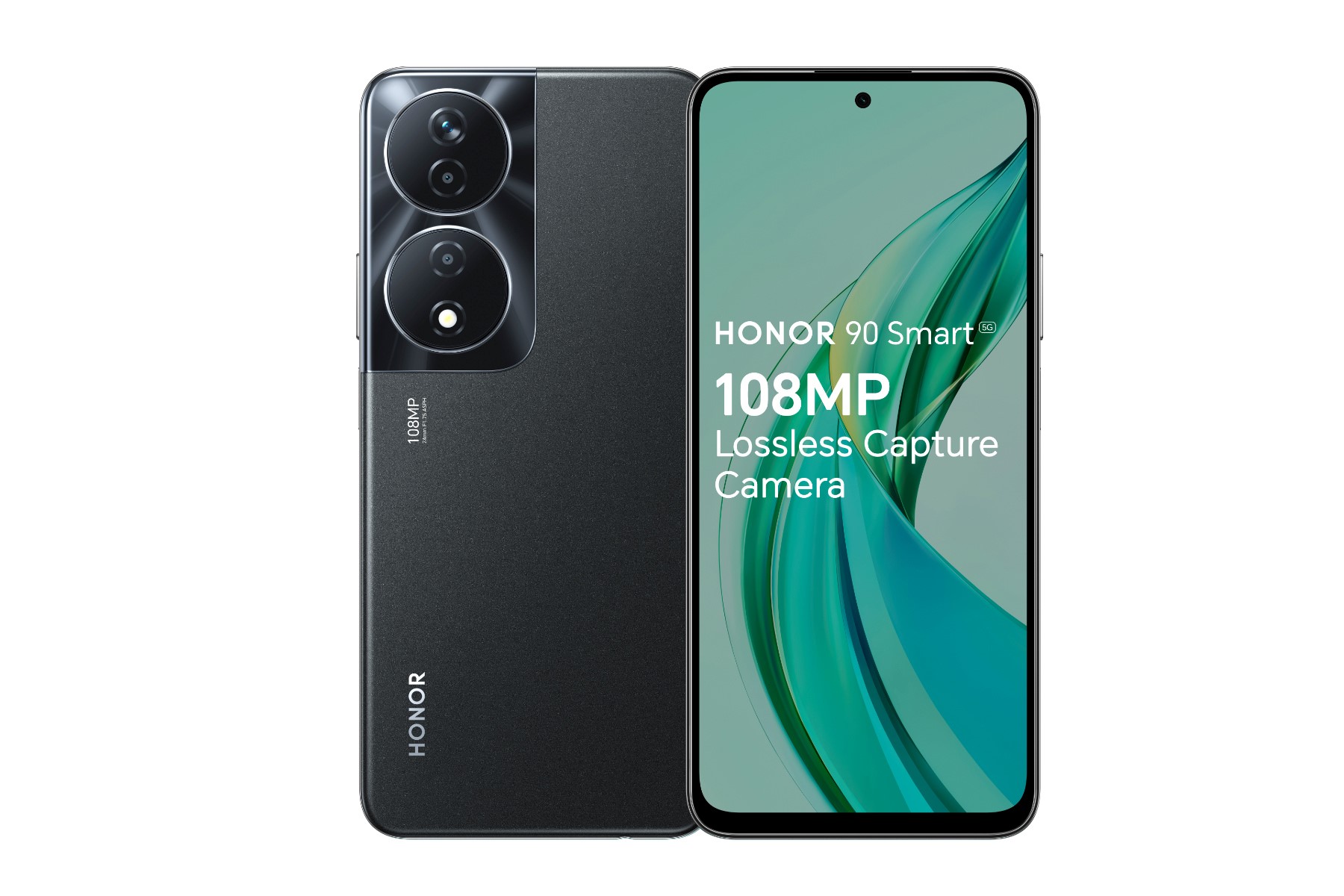
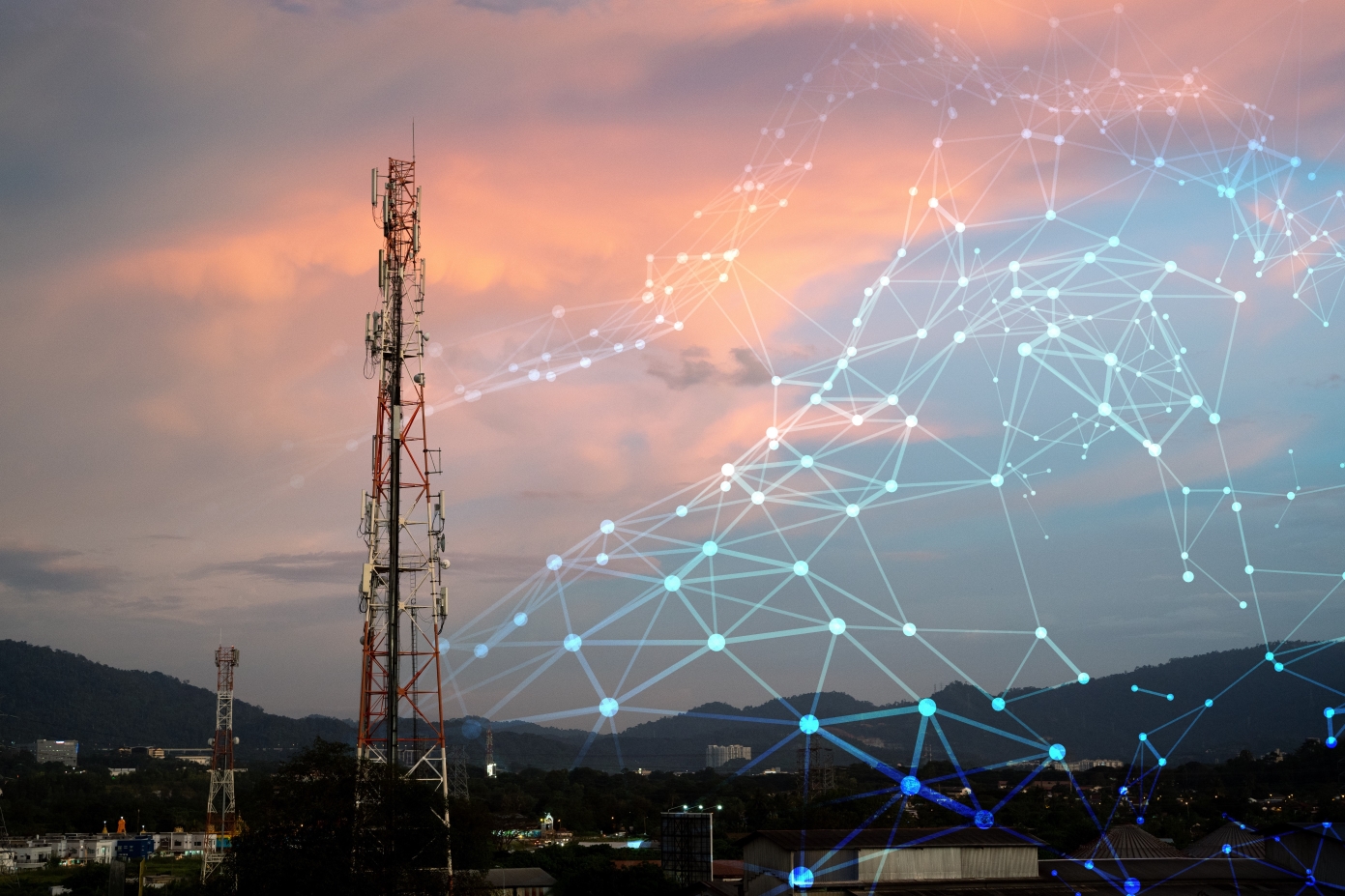
![2-Young man enjoying a rugby match at the stadium[Adobe Stock] stock image of a happy bearded man in the stands at a stadium enjoying a rugby match](https://www.vodafone.co.uk/newscentre/app/uploads/2024/04/2-Young-man-enjoying-a-rugby-match-at-the-stadiumAdobe-Stock.jpg)
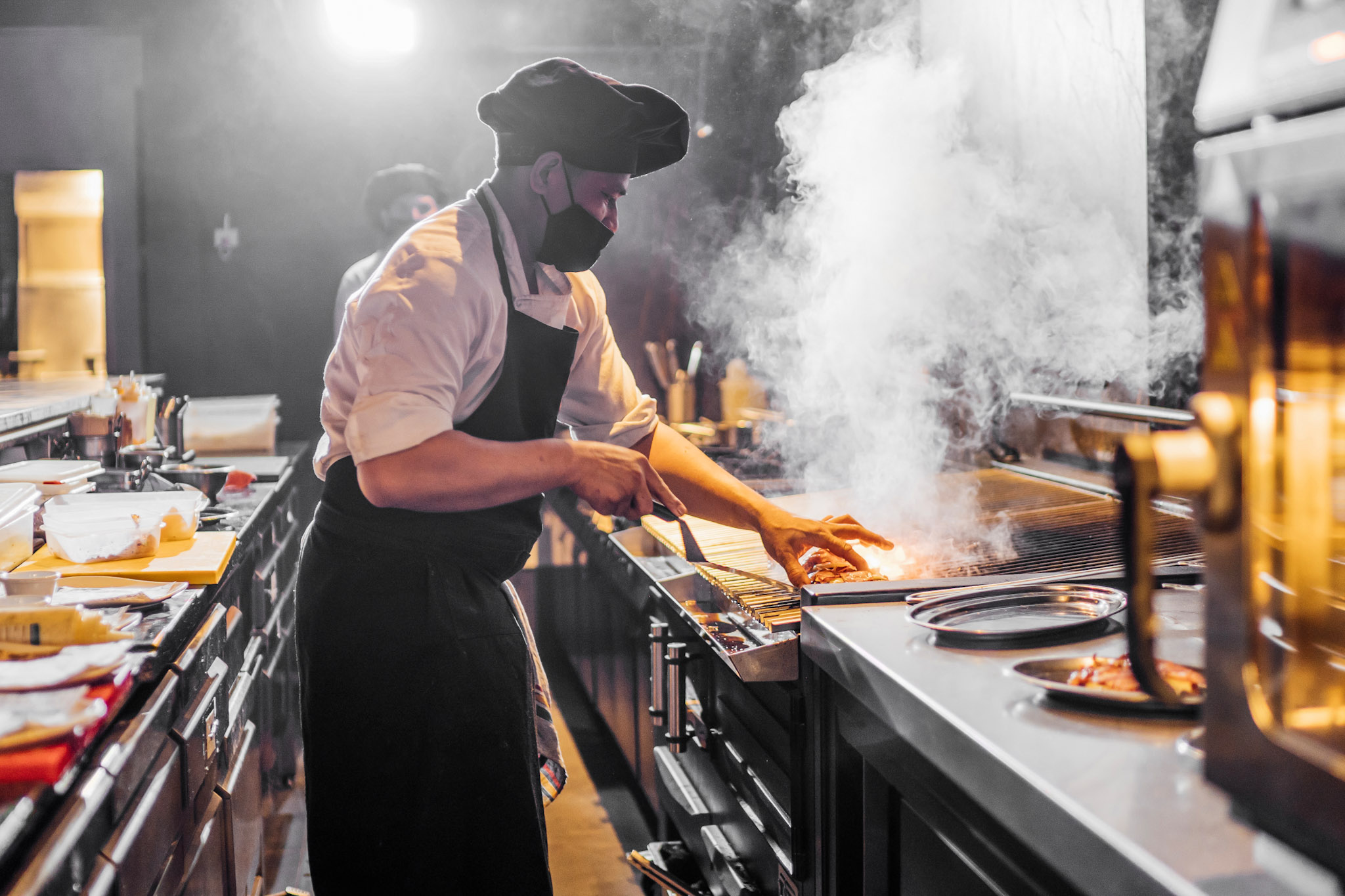

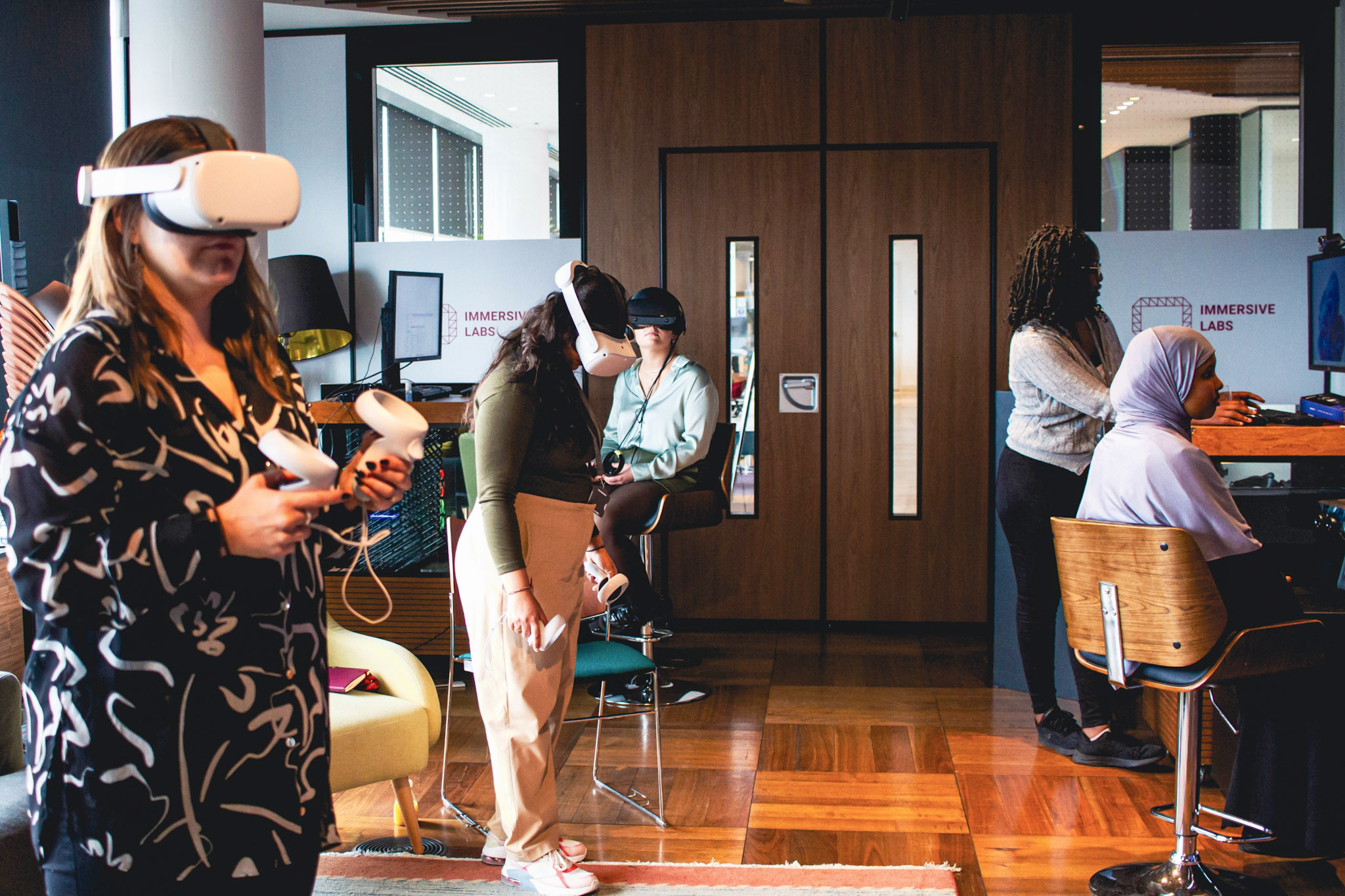
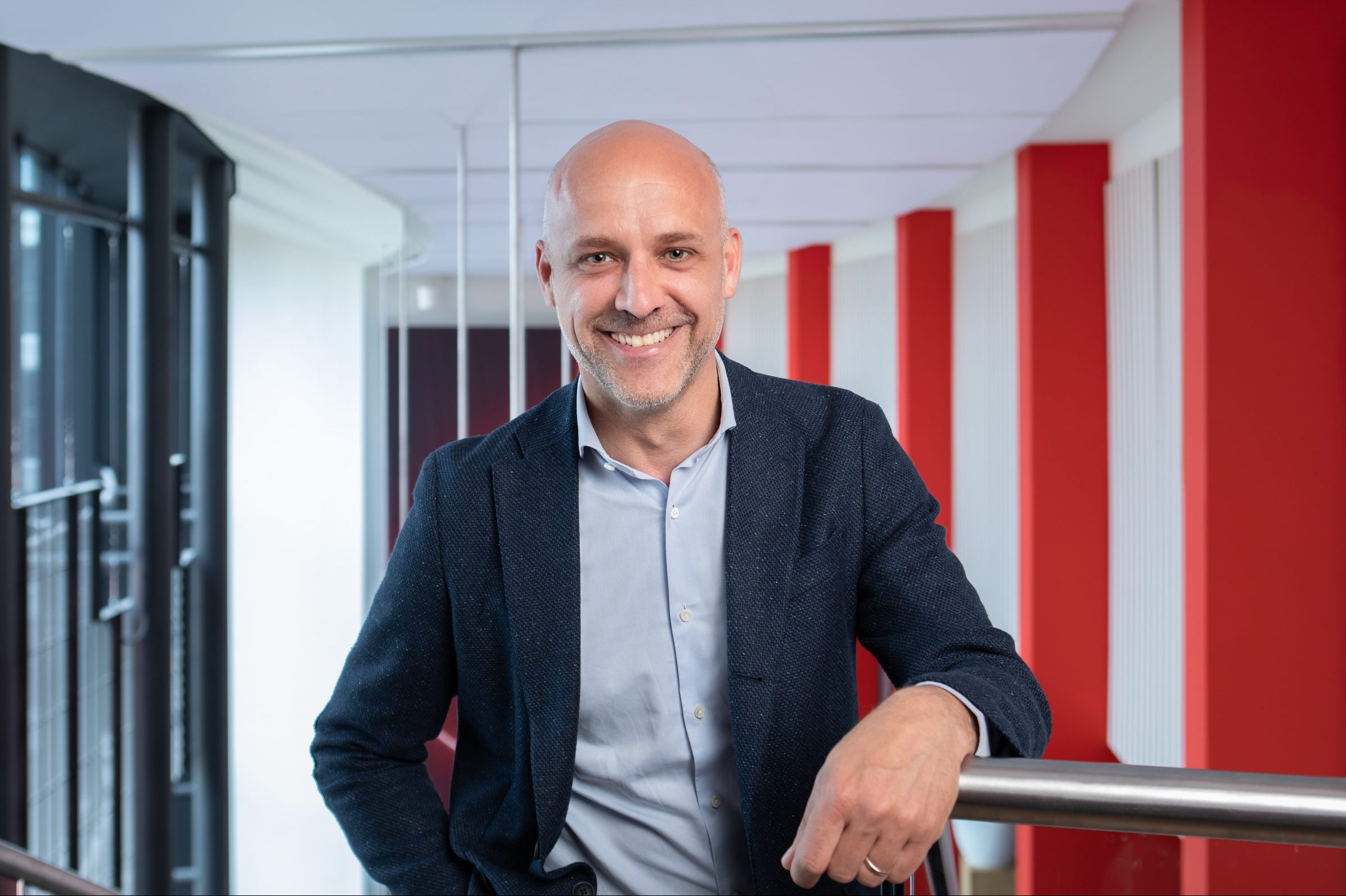
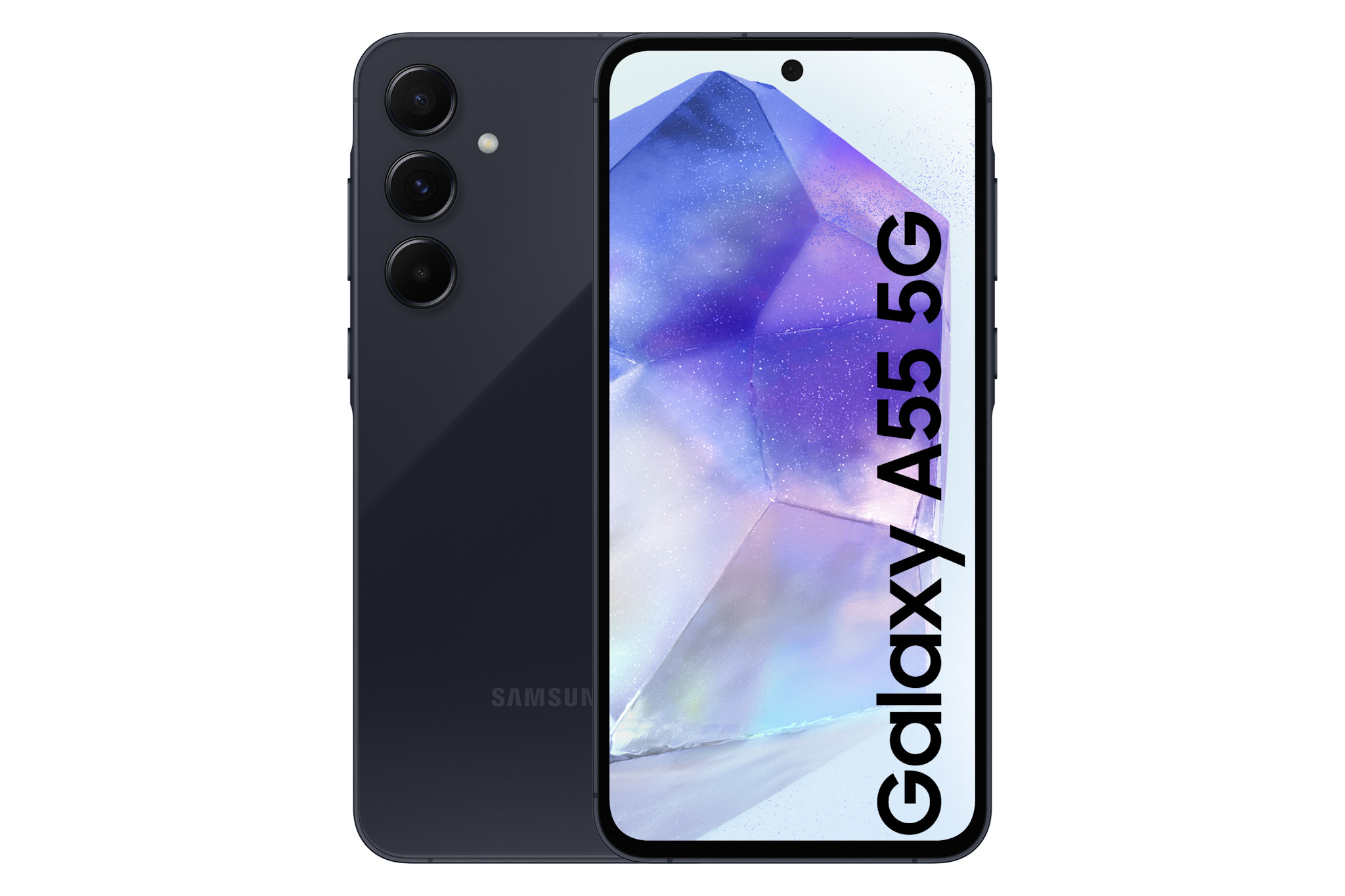
![Senior male retail shop owner using a tablet [Adobe Stock] stock image of an older male retail store owner standing in front of a chiller cabinet while using a tablet](https://www.vodafone.co.uk/newscentre/app/uploads/2024/02/Senior-male-retail-shop-owner-using-a-tablet-Adobe-Stock.jpg)